![[Audio Only] Lectures & Demonstrations by Milton H. Erickson, MD - UCLA - June 25, 1952](https://illedu.com/wp-content/uploads/2021/05/sTKKM1iJt0K3ke-hk0KvDw-200.jpg)
[Audio Only] Lectures & Demonstrations by Milton H. Erickson, MD – UCLA – June 25, 1952
Salepage : [Audio Only] Lectures & Demonstrations by Milton H. Erickson, MD – UCLA – June 25, 1952
Archive : [Audio Only] Lectures & Demonstrations by Milton H. Erickson, MD – UCLA – June 25, 1952 Digital Download
Delivery : Digital Download Immediately
- Category: Erickson Materials | Lectures & Demonstrations | Press Products | Milton H. Erickson Collections
Milton H. Erickson, MD, is a member of the faculty.
Time: 5:32:57 Format: Audio Only
Date of the Original Program: June 25, 1952
DescriptionUCLA, 25 June 1952
Over five hours of Dr. Erickson training on two basic themes are provided in this set: Control of Psychological Functions by Hypnosis and Hypnotic Approaches to Therapy. The first is a lecture on hypnotic phenomena such as analgesia and anesthesia, blindness and anesthesia, blindness and deafness, breast growth, and case studies of phobias, delayed menstruation, and delivery. The second emphasizes the significance of safeguarding the patient and considering the patient’s characteristics. Age regression, time distortion, forgetfulness, psychosomatic discomfort, asthma, and stuttering are some of the cases and tactics used.
Milton H. Erickson, MD, Professor 72 related lectures and goods
Milton H. Erickson, MD, was a psychiatrist in the United States who specialized in medical hypnosis and family therapy. He was the founding president of the American Society for Clinical Hypnosis and was known for his innovative and solution-generating approach to the unconscious mind.
For the most of his life, Dr. Erickson struggled with severe physical disabilities. He developed polio at the age of 17 and was disabled so severely that doctors thought he would die. While recuperating in bed, nearly completely paralyzed and unable to talk, he became acutely aware of the importance of nonverbal communication – body language, tone of voice, and the way these nonverbal signals sometimes directly contradicted the spoken ones. He also began to acquire “body memories” of his own muscle action. By focusing on these memories, he gradually regained control of sections of his body, finally allowing him to speak and move his arms again. His doctor advised him to solely exercise his upper body, so Milton Erickson planned a 1,000-mile canoe expedition to get the strength needed to attend college. His voyage was difficult, and despite the fact that he still did not have full use of his legs at the conclusion, he was able to walk with a cane.In a number of respects, the Ericksonian method differs from standard hypnosis. While the process of hypnosis has traditionally been thought of as the therapist issuing standardized instructions to a passive patient, Ericksonian hypnosis emphasizes the importance of the interactive therapeutic relationship and purposeful engagement of the subject’s inner resources and experiential life. Dr. Erickson transformed the profession of hypnotherapy by introducing various novel concepts and communication patterns into the discipline.
Dr. Erickson’s hypnotic approach informed his unique psychotherapy procedures for treating individuals, couples, and families. Despite his reputation as the world’s premier hypnotist, Dr. Erickson employed formal hypnosis in just one-fifth of his clinical practice cases.
Dr. Erickson was responsible for a significant change in modern psychotherapy. Many formerly deemed severe features of the Ericksonian approach are now absorbed into the mainstream of modern practice.The Erickson Foundation has a biography of Milton Erickson.
More from Categories : Medical

![[Audio Only] Lectures & Demonstrations by Milton H. Erickson [Audio Only] Lectures & Demonstrations by Milton H. Erickson](https://illedu.com/wp-content/uploads/2021/07/sTKKM1iJt0K3ke-hk0KvDw-200.jpg)



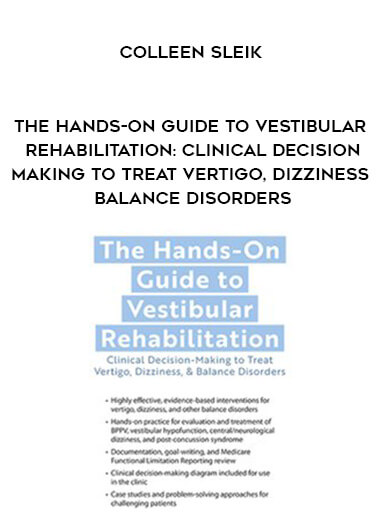


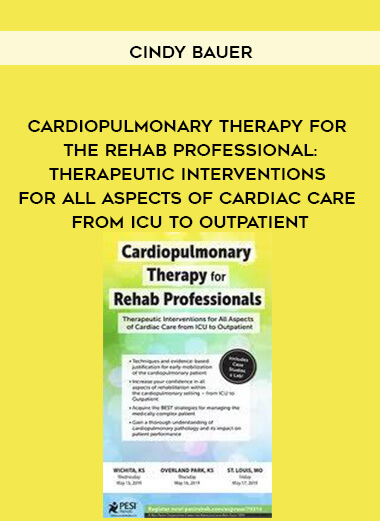
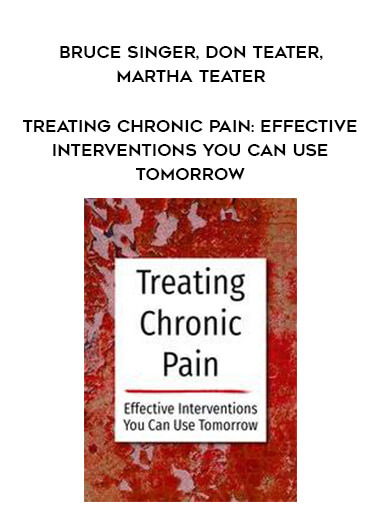
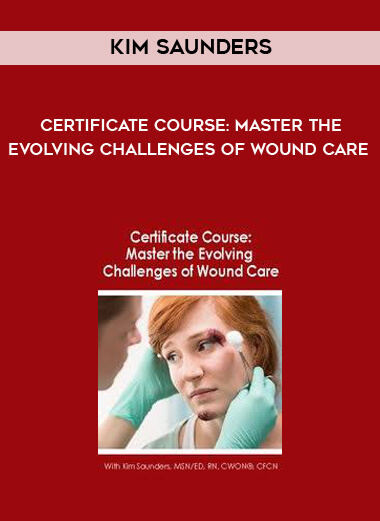

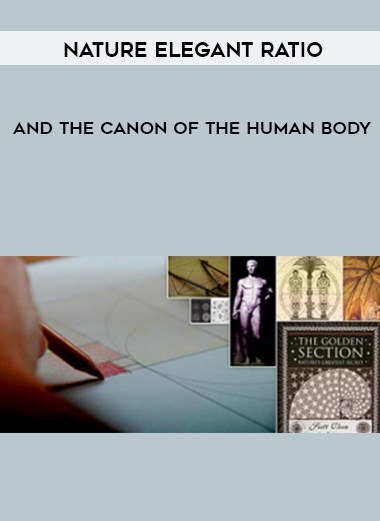

Reviews
There are no reviews yet.